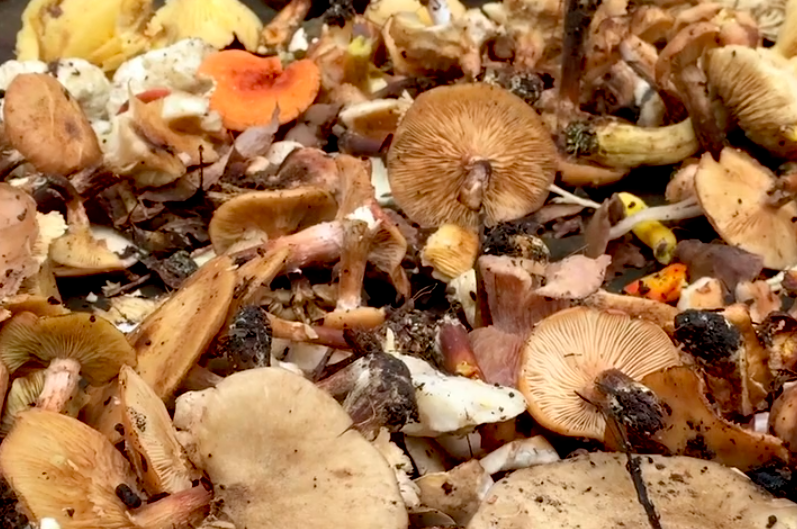Life Science
Foraging with New York City’s mushroom hunters
For members of the New York Mycological Society, all mushrooms are good — but some are better when left off your dinner plate
Isobel Whitcomb • March 15, 2019

Every Saturday, after collecting whatever mushrooms they can find, the New York Mycological Society gathers their bounty and tries to identify each specimen.
Every weekend, just outside New York City, the New York Mycological Society gathers to forage for a natural bounty — mushrooms. Not only do they seek out (and find) varieties that pair well with butter and garlic, but also those better left alone altogether, like the aptly named “white death angel.”
“We don’t subscribe to the ‘good mushroom, bad mushroom’ philosophy,” says Paul Sadowski, the secretary of the New York Mycological Society. “All mushrooms are good mushrooms.”
Reporter Isobel Whitcomb joined mushroom hunters to Tallman Mountain State Park, just outside New York City, last fall to see what a shroom obsession is about — and maybe bring home an elusive ‘hen of the woods’ or maitake mushroom.
5 Comments
Thank you for sharing your adventures in hunting mushrooms. Hope that I can do the same and just enjoy nature too. I can not stop to be in awe always with nature on how magical it is. I love these shots!
Hello , I would like to come on one of your mushroom foraging tours in September.
I am interested to join your group during an outdoor session. I had join a similiar group where I lived before.
I would like very much to join a mushroom club and go foraging with the group around the NYC vicinity. Pls let me know how I should go about this.
Thanks
Eric
Hello
I would like to attend your mushroom excursions. Please advise if you’re accepting new attendees and if so when? Thank you in advance.